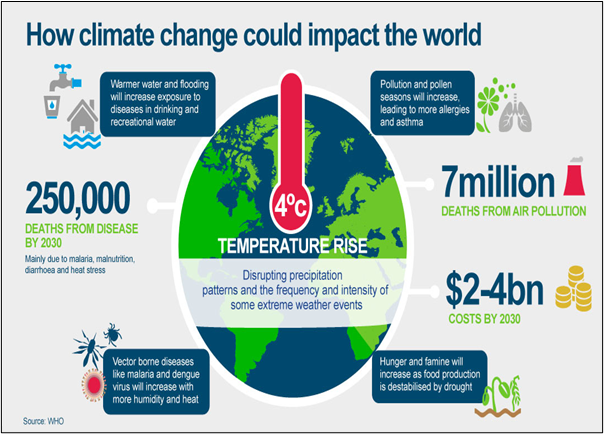PREVIOUS
Earth’s Rotational Dynamics
August 23 , 2024
488 days
469
0
- Scientists had found that the melting polar ice caps have caused the earth to spin slower.
- This can lead to minuscule changes in the actual duration of a day.
- This is because angular momentum — a product of the moment of inertia and angular velocity — is conserved no matter how the skater is spinning.
- As the ice sheets melt, the earth’s oblateness increases and the region around the equator elongates slightly.
- The moment of inertia increases and the rotation rate gets smaller.
- The changing climate’s effects on sea levels around the equator have slowed the rate of earth’s rotation by around 1.3 milliseconds (ms) per century.
- A process called lunar tidal friction, or the moon pulling on the earth’s oceans, has already been slowing the planet’s rotation at about 2 ms per century.
- So, if right now the earth takes about 2 ms longer to complete one day than the time predicted by atomic clocks.
- A 100 years later a day will be about 4 ms longer.
- As the milliseconds added up, leap seconds were added to keep pace with the earth’s rotation.

Leave a Reply
Your Comment is awaiting moderation.


